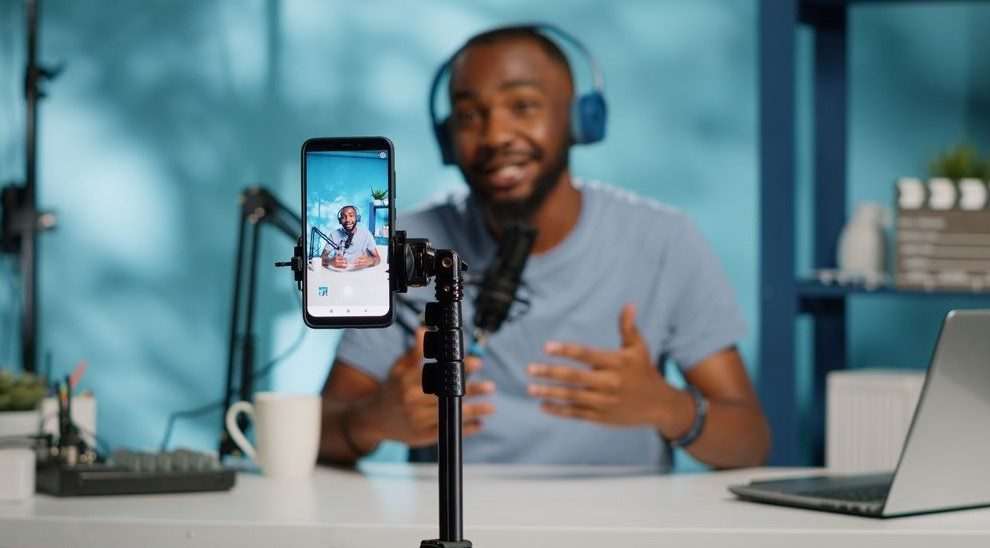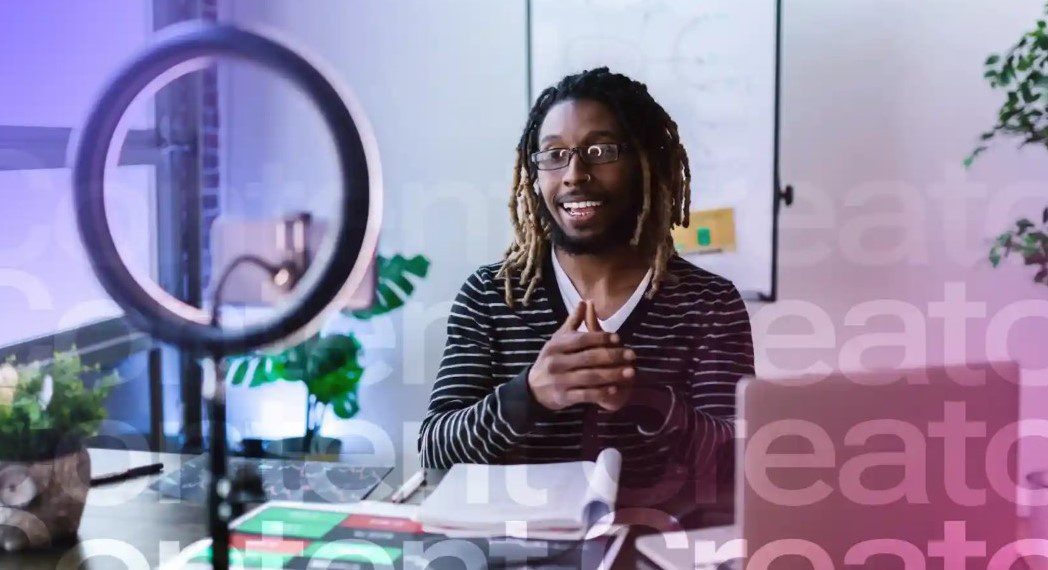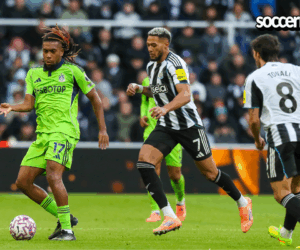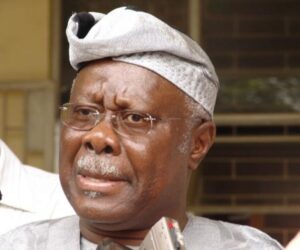Google-owned video streaming platform YouTube has announced a feature that gives previously banned creators another chance on the platform. The plan is backed by the move to ease its strict content moderation.
According to a blog post on Thursday, YouTube is opening the door for banned creators to apply to create a new channel over the coming months. The company expressed that the new feature is an opportunity for creators to bring back their voice to the platform.
“We know many terminated creators deserve a second chance. We’re looking forward to providing an opportunity for creators to start fresh and bring their voice back to the platform,” part of the blog post reads.

Providing more explanation, YouTube said that eligible creators will begin to see an option to request a new channel when they log in to YouTube Studio. As such, creators whose requests get accepted will be able to create new channels.
Meanwhile, precious contents will not be restored. Approved creators under the new process will start from scratch, with no prior videos, subscribers or monetisation privileges carried over.
“We’ll consider several factors when evaluating requests for new channels, like whether the creator committed particularly severe or persistent violations of our Community Guidelines or Terms of Service, or whether the creator’s on- or off-platform activity harmed or may continue to harm the YouTube community, like channels that endanger kids’ safety,” it said.
In YouTube guidelines, creators can only apply for a new channel a year after their channel was terminated. This means that creators with less than a year of account termination can appeal if they think the flagged account was unjust.


According to YouTube, the appeal and new channel requests will be reviewed based on the severity and frequency of past violations. Provided an appeal is successful, the creator’s old channel will be reinstated. If the appeal is unsuccessful, the creator will have the option to apply for a new channel one year after their channel was terminated.
“When you appeal a channel termination, our team takes another look at the content leading to the termination. Our policies are designed to evolve over time, and appeals are evaluated based on how our policies apply at the time of the appeal,” it added.
However, the offer excludes creators terminated for copyright infringement, violations of its Creator Responsibility policy or those who deleted their accounts.
Also Read: YouTube to let creators add new adverts to old popular videos from 2026.
YouTube’s move to ease content moderation policies
YouTube’s new plan is backed by Google’s broader shift to ease content moderation imposed during the post-COVID period. Aside from the search engine giant, other companies, such as ByteDance’s TikTok and Meta, set strict rules to combat widespread negative content and hate speech on social media platforms.
In addition, the rules were introduced to curb misinformation about COVID-19-related matters. For instance, senior Biden administration officials pressed YouTube to remove certain COVID-related videos.
According to CNBC reports, YouTube ended its stand-alone Covid misinformation rules in December 2024. Alphabet lawyer Daniel Donovan sent a letter to House Judiciary Chair Jim Jordan, R-Ohio, that announced the platform had made changes to its community guidelines for content containing COVID-19 or election-related misinformation.


For content creators, the latest adjustment presents another opportunity to leverage YouTube monetisation features. The platform noted that newly approved channels are eligible for monetisation and can apply for the YouTube Partner program.
Recently, YouTube introduced a feature that allows creators to trade brand sponsorship on their current videos and resell the inventory to new brands without needing to reupload. The new feature allows creators to continue generating revenue from their most popular content for years, with brands gaining access to vetted, top-performing content.
The feature is set to roll out in the first half of next year, initially with a limited cohort of creators before being released worldwide








